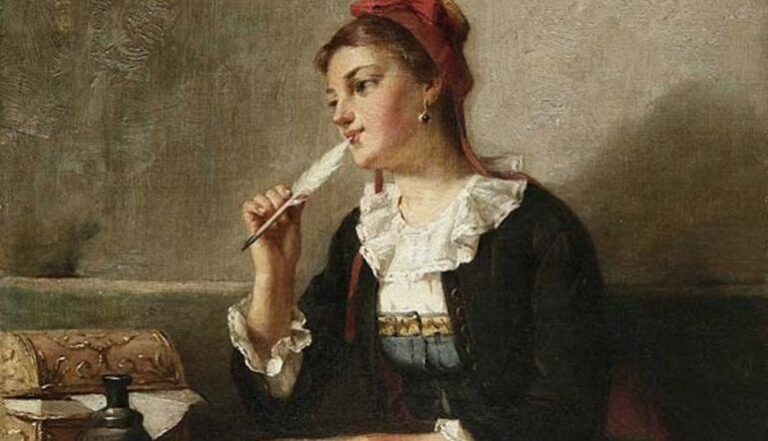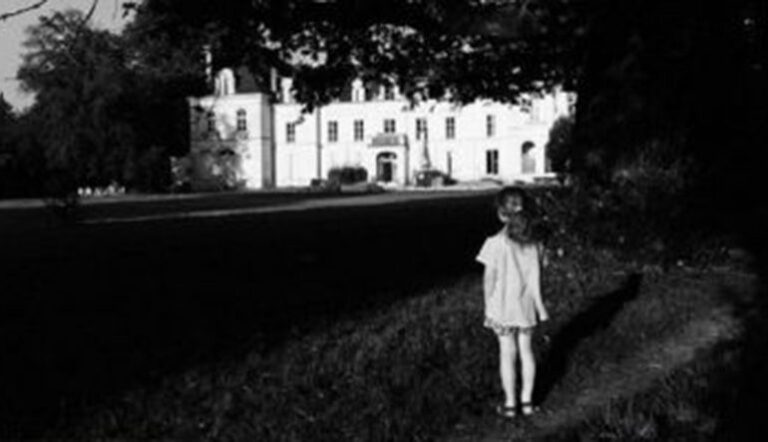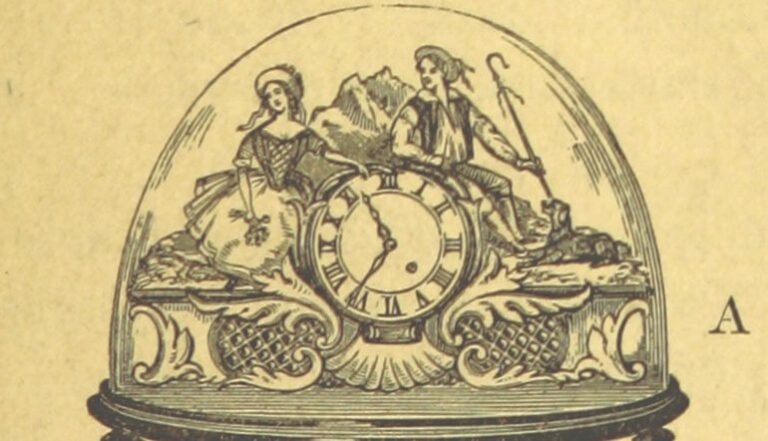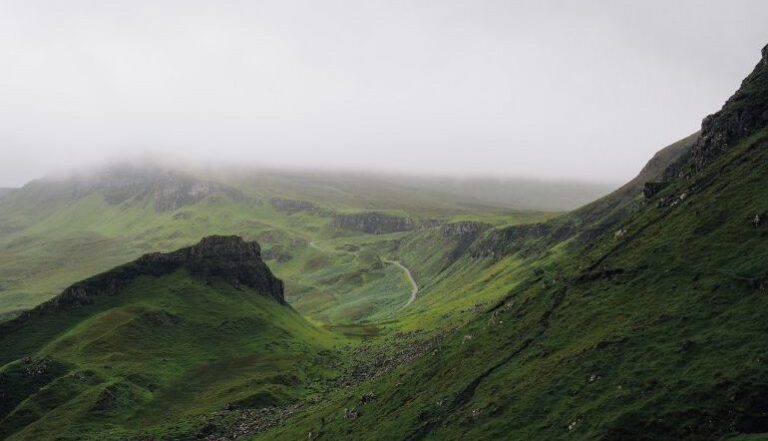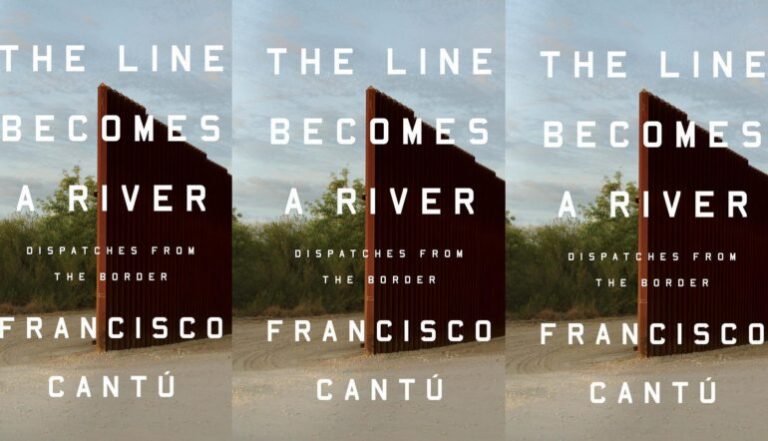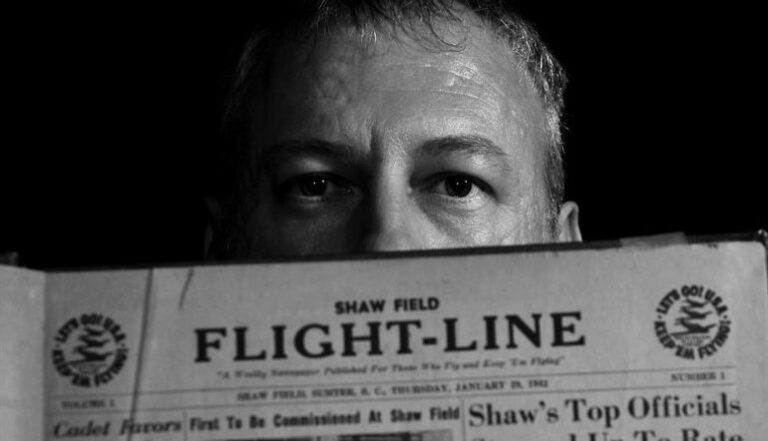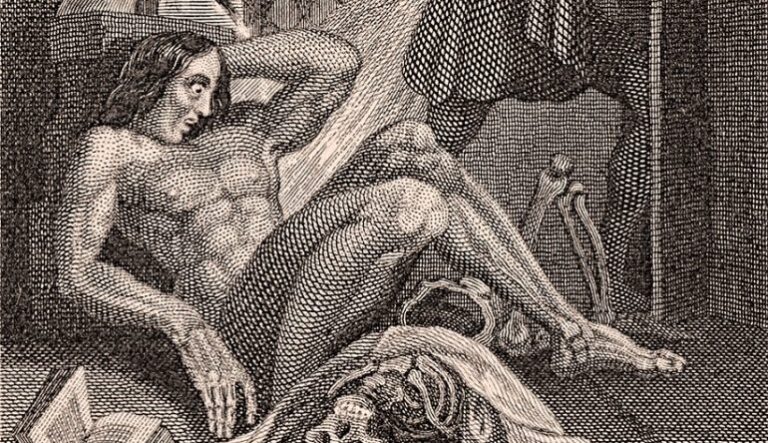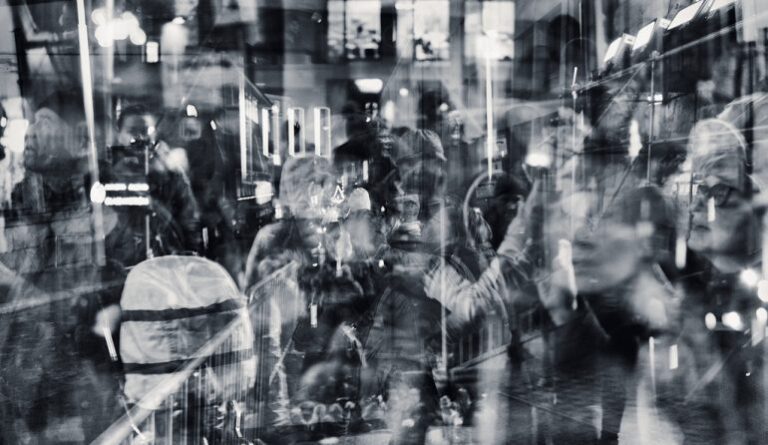On Being Keepers: Heidi Julavits and Sarah Manguso’s Diaries
Diaries offer writers, particularly women who historically have not had a public voice, space to reflect on and process their lives as they happen, as well as space to record the daily routines that compose a life.
